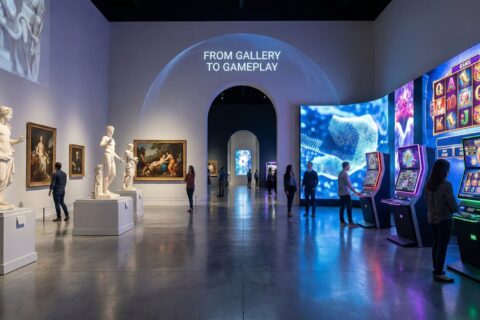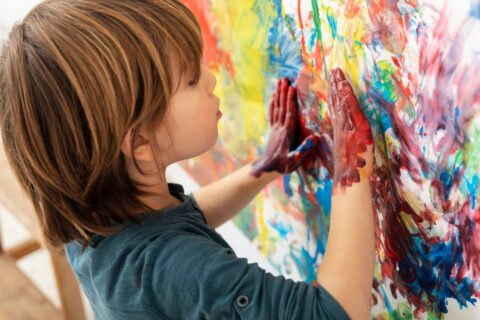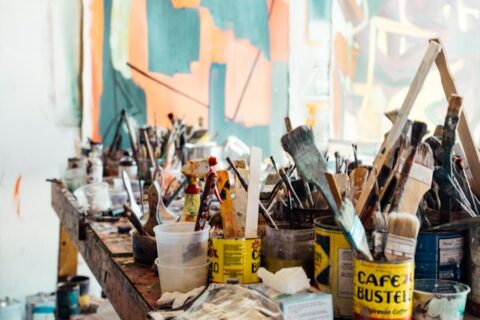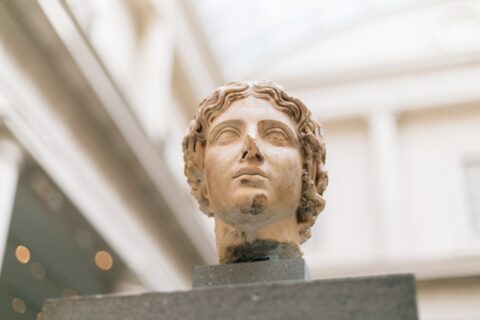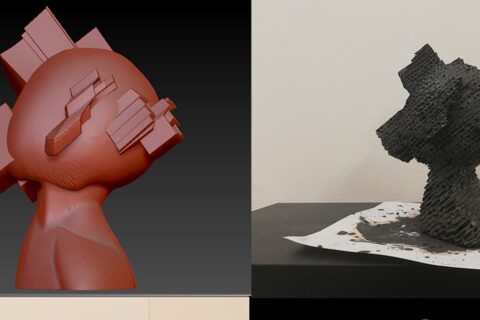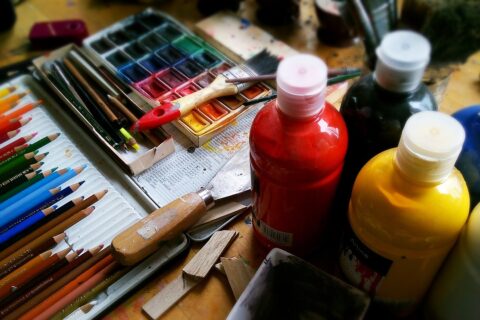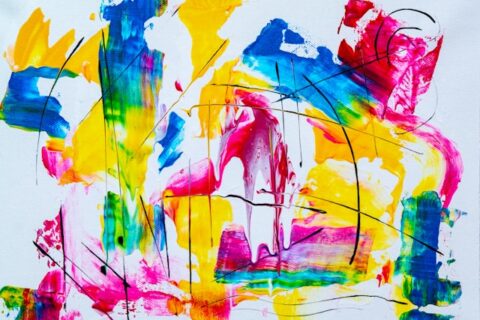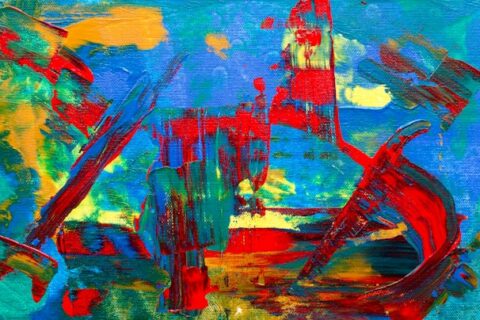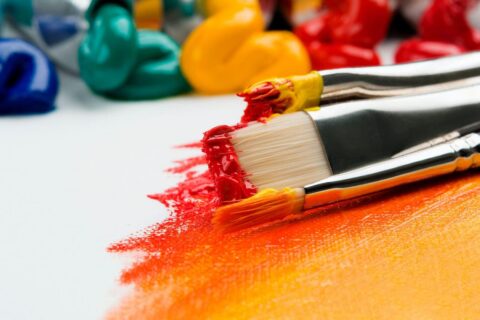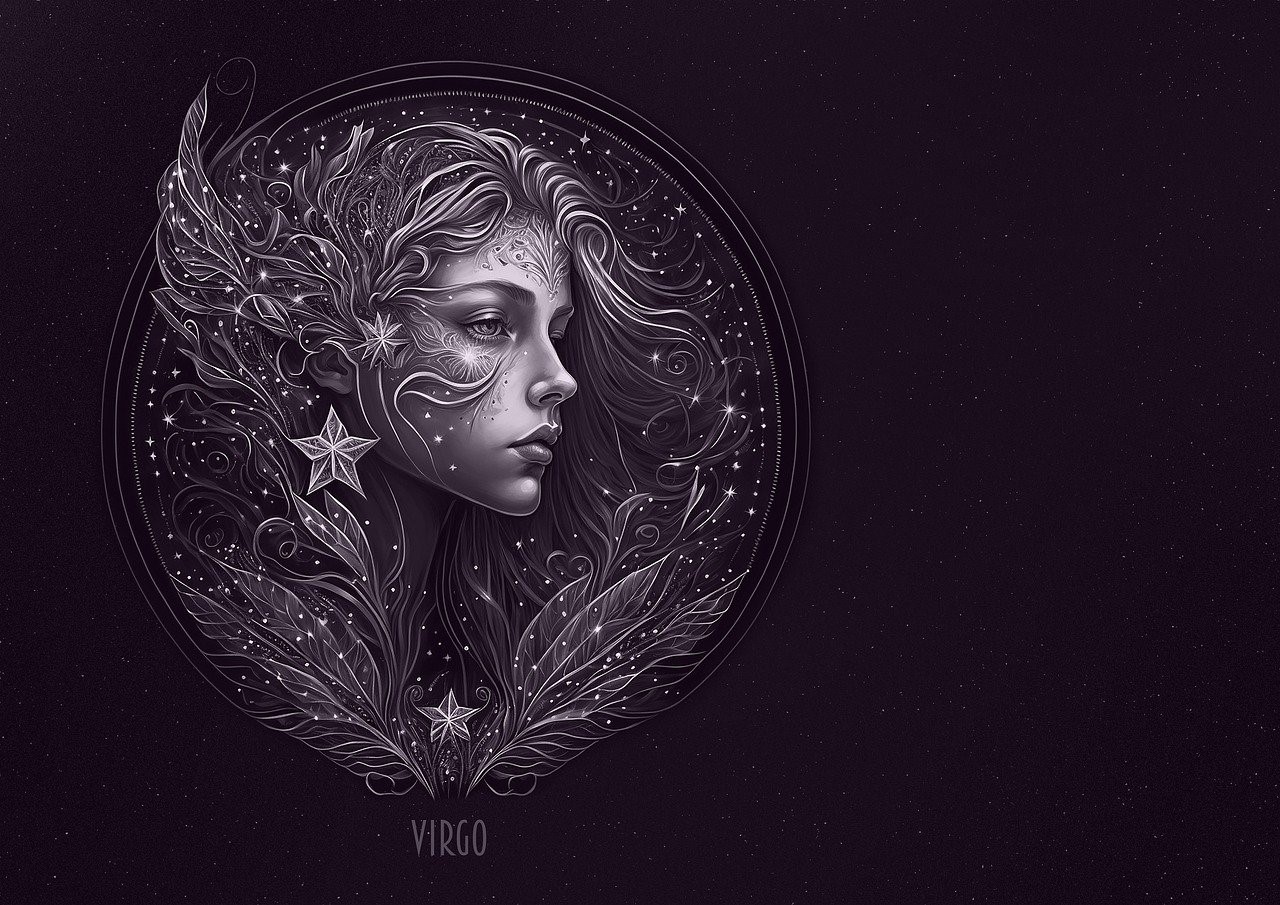
Why Neural Networks Became Popular?
- Leake Camille
- January 25, 2023
- Types of sculpture
- No Comments
Recently, there has been literally a revolution and changes in the approach to the understanding and processes of art production. The fact is that with the development of modern technologies and neural networks, an increasing number of people take part in creating diverse content that has artistic value. At the same time, many critics do not agree that such pictures can be considered pieces of art.
Indeed, there are still no clearly established norms regulating artists’ rights and obligations using neural network technologies. Such a question arose especially sharply in the context of commerce and property rights.
However, the fact remains that neural networks are growing, and we can see more and more content generated by special algorithms. For example, you can visit play-fortune.ro/jocuri/pacanele-gratis or another portal with a large content of graphic elements. You can hardly tell which of them are created with the help of neural networks and which are the result of the painstaking work of the web designer. Even though the technology is still quite raw, its potential is great, and development is moving by leaps and bounds.
Impact of Modern Technologies on Art
Initially, this technology attracted a lot of attention due to the appearance of deep fakes. These small videos were used with the technology of superimposing the faces of various celebrities, politicians, and so on on the faces of imitators to compromise. For those who do not really understand what they are looking at, such materials can really have a significant impact and convince them of their veracity.
In addition to being used in an openly negative and provocative way, this method has become the object of attention of visual content makers. The creators of anime characters especially paid attention to it since they got the opportunity to process photos of famous actors and models. Neural networks also helped to improve the quality of blurry photos.
Developers of gaming software did not lag behind anime creators, who began actively using modern technologies to get better graphics and realistic characters.
Users of neural networks noted that GANs use a uniquely creative approach and self-learning methods in the production of paintings. That is why machines can independently improve picture quality with minimal human intervention.
Example of Using GANs
Deep Style is a great example of such a network, which can recognize objects and textures. All you need is to provide a photo and a picture written in a certain style. After processing, this program creates an analog photograph that is made in the style of a picture you uploaded.
Some may think it is just an analog of Photoshop, but this is not. Artists can use this program as an advanced tool. It is another example of how technology always keeps pace with art. If we look deep into history, we can see a lot of examples. For instance, a similar situation was with impressionism, which appeared thanks to discoveries in the field of optics.
Those skeptics who think this technology is not autonomous enough to be entitled as “art”, can watch so popular YouTube videos where people create ultra-realistic portraits by simply drawing in all directions. In fact, this is a mechanical reproduction (or tracing) and does not fundamentally differ from Deep Style. Moreover, in this program, you can make adjustments (using various incoming data) based on which the algorithm will do its job.
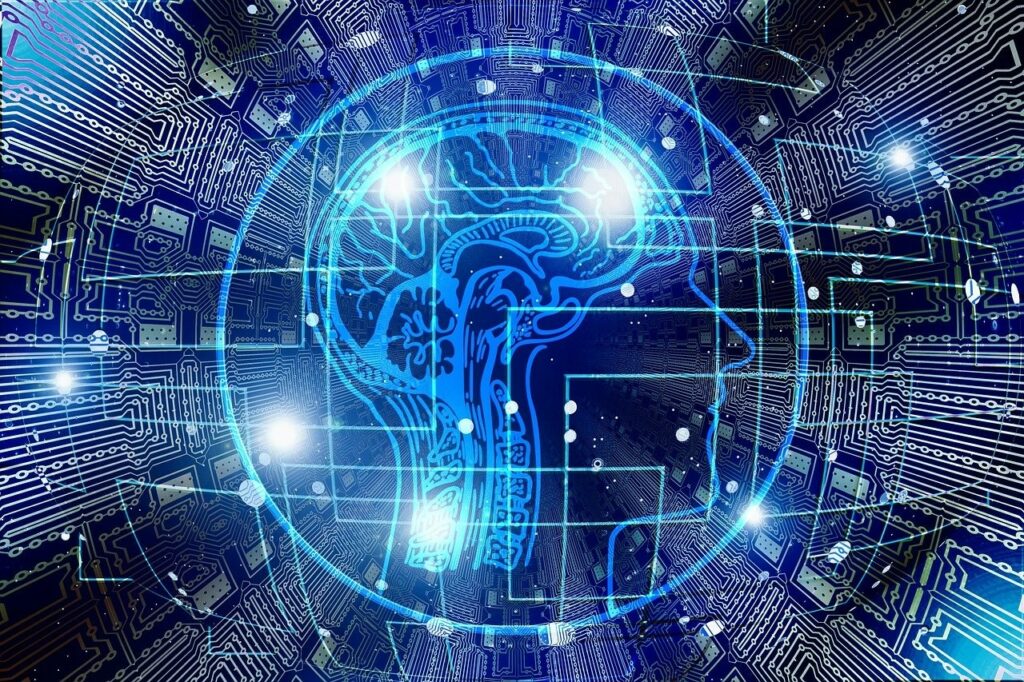
Basic Reasons Why AI Works Can not be Considered Real Art
Below, you can check the main reason which prevents us from taking pictures powered by aI as real art. At least the current situation will definitely be changed in the future.
Lack of emotions
According to the general opinion, art is something that has become a product of skills, imagination, experience, and so on, and that brings aesthetic pleasure to people around. It is something that contains a part of the artist’s inner world. In this case, we are talking about the result of human work, with a lot of time and effort spent.
Of course, machine intelligence also spends resources to arrange images and combine them following an algorithm. However, within the existing paradigm, it is difficult to perceive it as 100% art.
Uniqueness
The issues of uniqueness are quite confusing since people can hardly create 100% unique paintings that would not have an analog in the world. However, in the case of artificial intelligence, the situation is more trivial.
They are clearly using existing paintings to create new works. Combining algorithms create a picture that should illustrate a certain plot, have the necessary art forms, and so on. Suppose you decide to visit the Jozz Casino (by the way, more information about Jozz Casino on this page) and enjoy your favorite 3D slot with bright and vivid graphics.
There is a high probability that all visual content of the game was created using AI, and it is based on already existing pictures. Of course, this will not prevent you from getting aesthetic pleasure from a high-quality picture. However, from an expert point of view, all tempting pictures will only be the result of the processing of existing ones.
Issues with copyright
Since artificial intelligence uses works that real artists have already created, the issue of copyright is more than actual. There are lively discussions and disputes on the net regarding who created this or that picture: a machine or its user.
Some of the original authors of the works are interested in legal liability and the opportunity to assert their rights in court. Obviously, this situation does not contribute to the merger and harmonious development of AI and the art industry. On the contrary, they only encourage further discussion regarding the non-recognition of AI works as commercial art products. A possible solution to this problem can be clear legal norms that could end disputes and help both spheres develop harmoniously.

